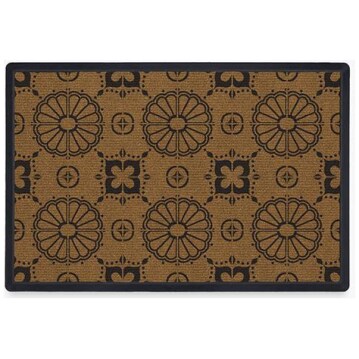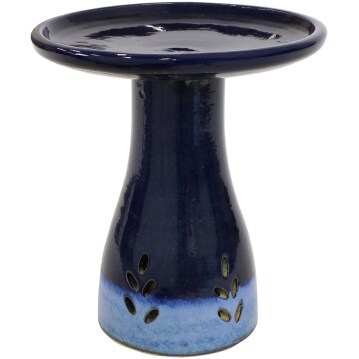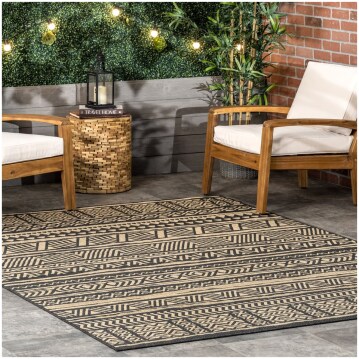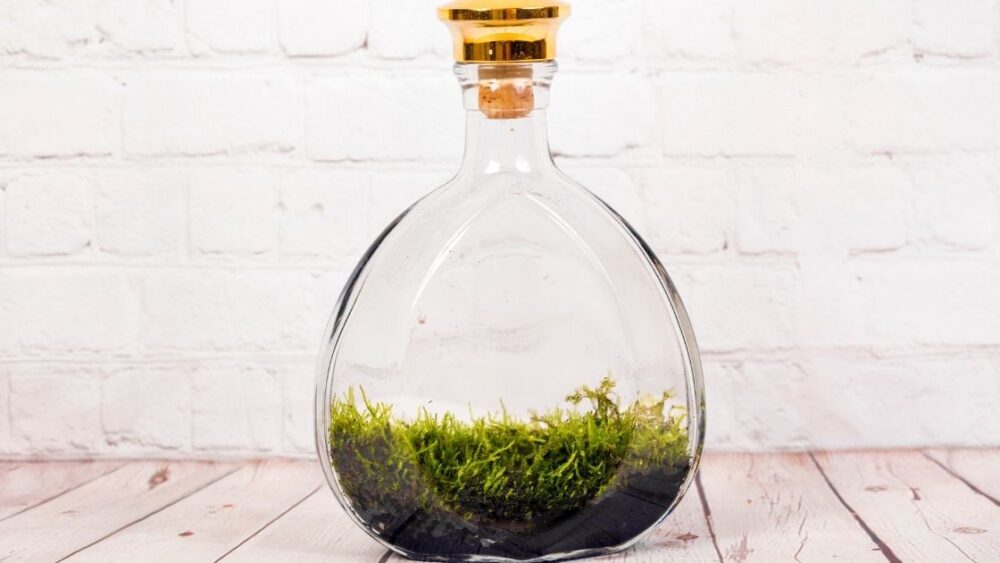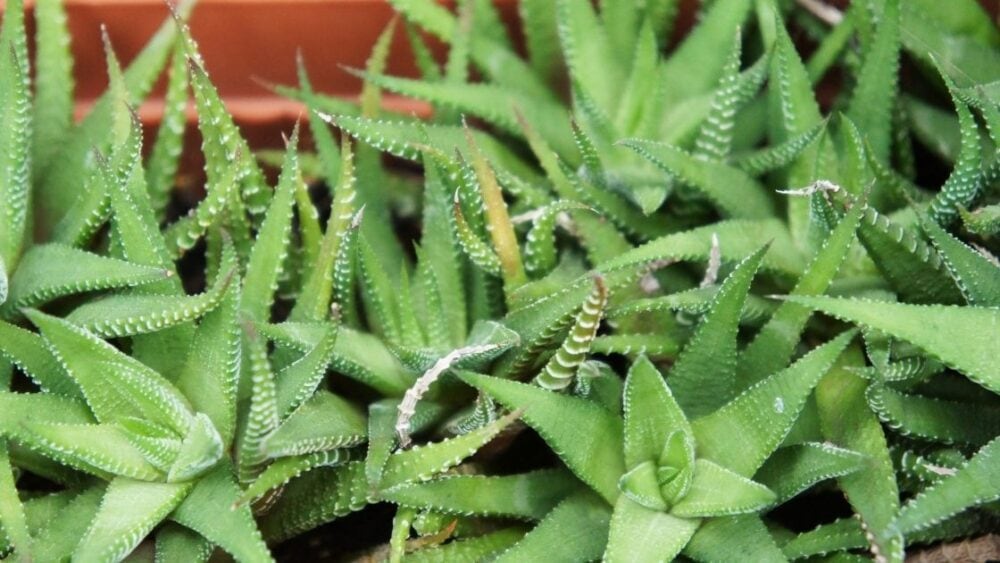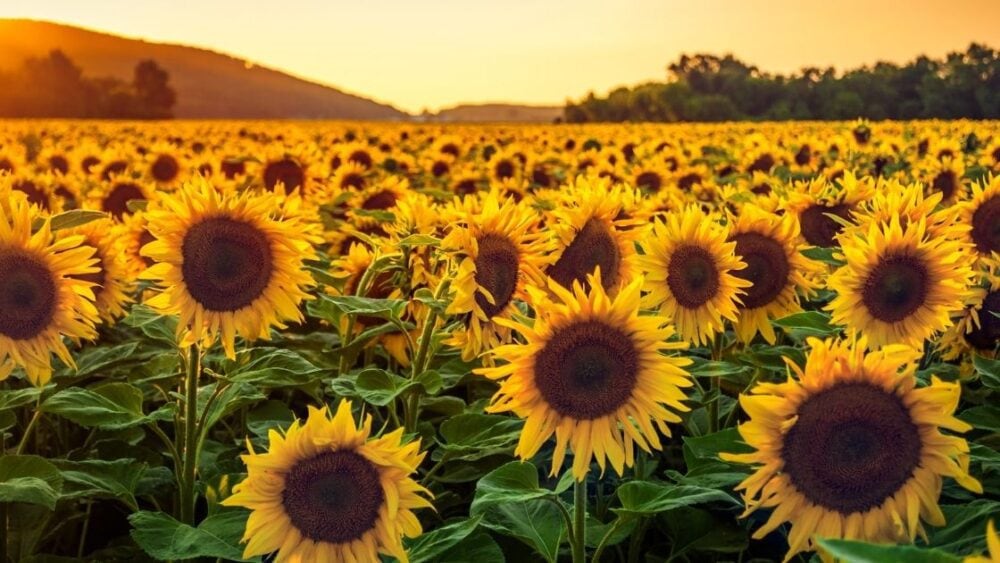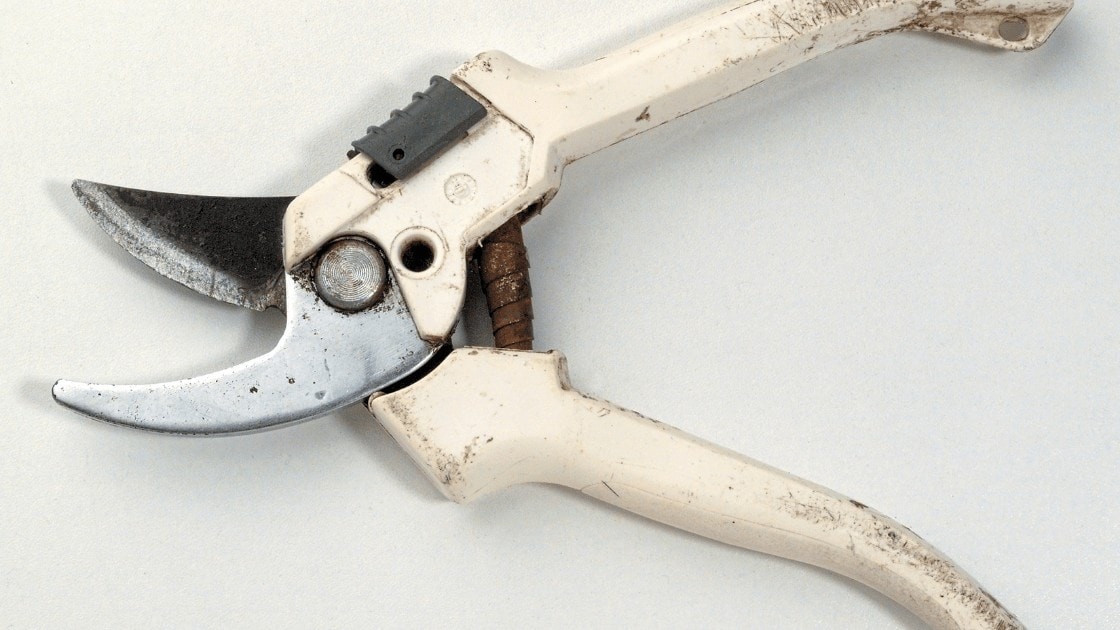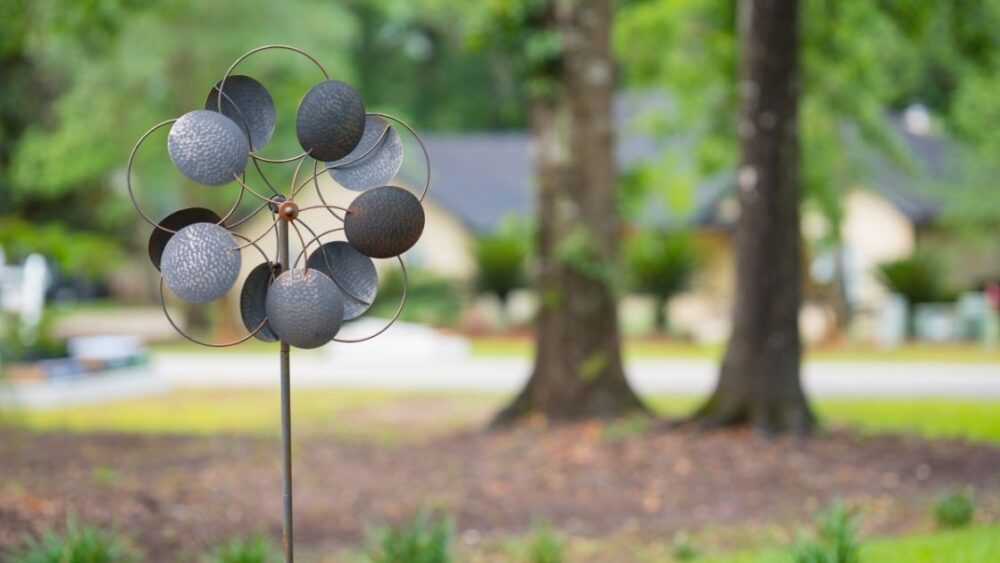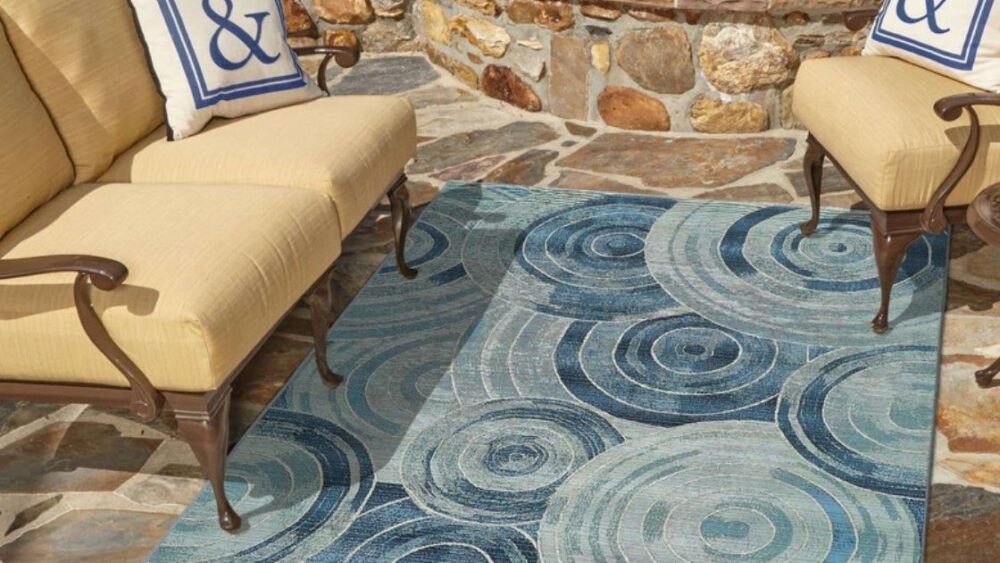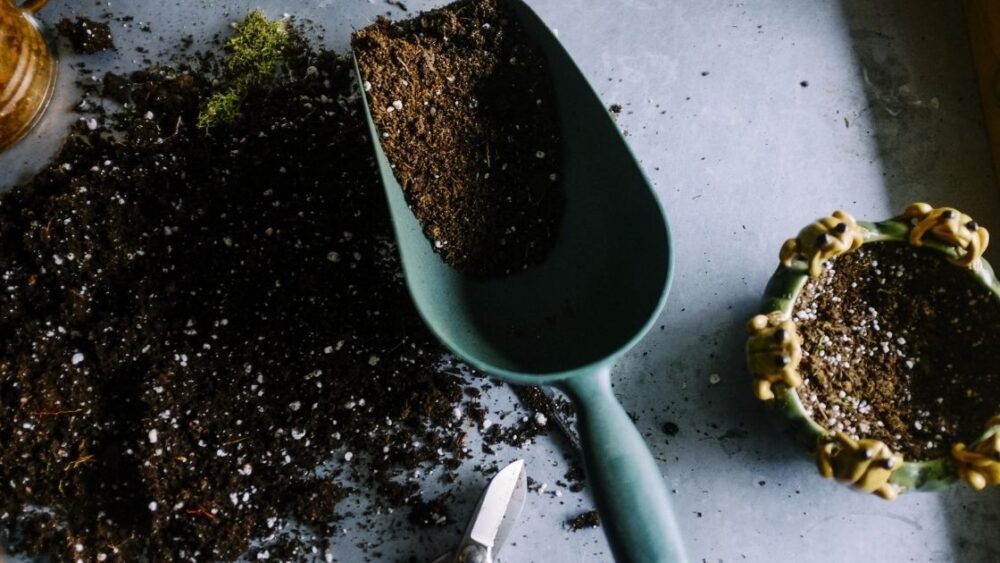
Succulent soil, also known as a ‘cactus potting mix’ isn’t much different from regular potting soil. The only difference is that it contains amendments that make it ‘airier’, improve drainage, and allow for the roots to completely dry out in the period between each watering. In fact, you can easily make your own cactus soil, by mixing regular potting soil with perlite or sand.
In the following, we’ll explore what can happen if you plant a succulent in regular soil and will take a closer look at the functions which sand and perlite serve in cactus potting mixes. Let’s get into it!
What is The Composition Difference Between Succulent Soil and Regular, Garden Soil?
Typically, cactus or succulent soil contains around 50% regular soil and 50% drainage-promoting amendments, usually granite, sand, perlite or pumice. The drainage-promoting portion usually consists of 70% sand or granite and 30% perlite, but many gardeners use only perlite when making their own succulent soil.
Browse our Affiliate Products
Organic materials which don’t provide much nutrition, but still improve the drainage and aeration include coco coir and tree bark, both of which are usually already a component of the potting soil contained in the cactus potting mix. The pH of cactus potting soil is the same as regular soil – around pH 6, slightly acidic.
For more information about different soil for different plants, check out this article, What Are The BEST Potting Soils for Every Type of Plant?
How Important is Perlite in the Succulent Potting Mix?
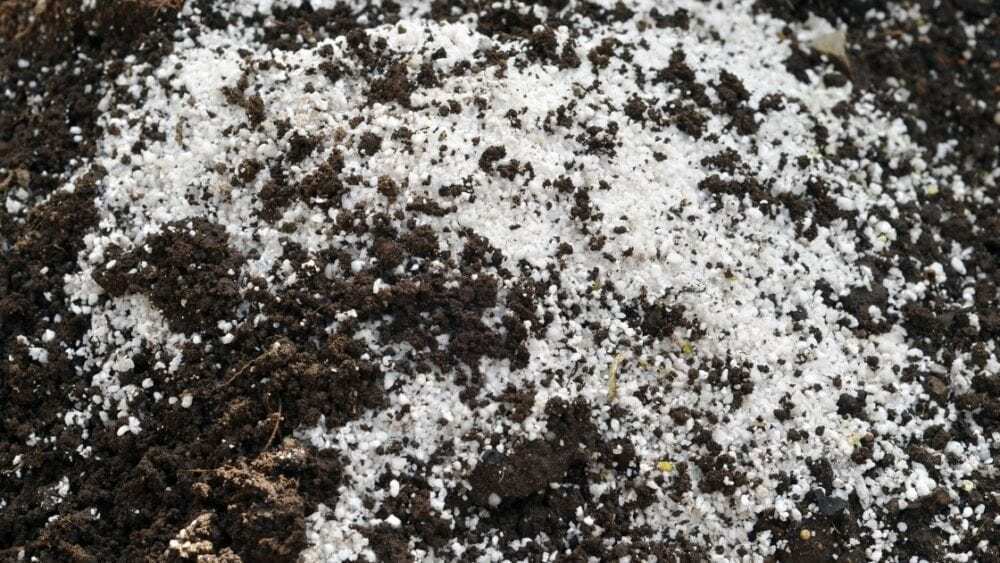
In the past, perlite wasn’t as commonly used in gardening as it is today and its main application was as an insulator in building construction. Still, gardeners were successfully growing succulents with soil, ‘diluted’ with sand or other inorganic materials. However, perlite is extremely useful and today is a component of almost every potting mix you can buy, including those not specifically made for succulents.
Perlite greatly improves the soil conditions by improving both the aeration of the roots and the wicking action of the soil. This wicking helps evenly re-distribute the water content in the root zone and lets the roots of the succulent get almost completely dry between each watering. Without perlite, even if the surface of the soil is dry, there can still be a lot of moisture retained in the deeper layers of the soil, leading to root rot issues, which are extremely common in succulents and can easily kill them.
What Soil Do Succulents Grow In In Their Natural Habitat?
In the wild, succulents often grow in sandy, poor soils. However, the conditions there are usually very different from those experienced by the plant in a domesticated, potted environment.
Many succulents, which are successfully grown in pots filled with a cactus potting mix are natural epiphytes – at least for a part of their life cycle, they grow on top of trees and other large plants, collecting rain water and nutrients that accumulate in crannies along the bark surface. A good example of such a succulent is Hylocereus (dragon fruit).
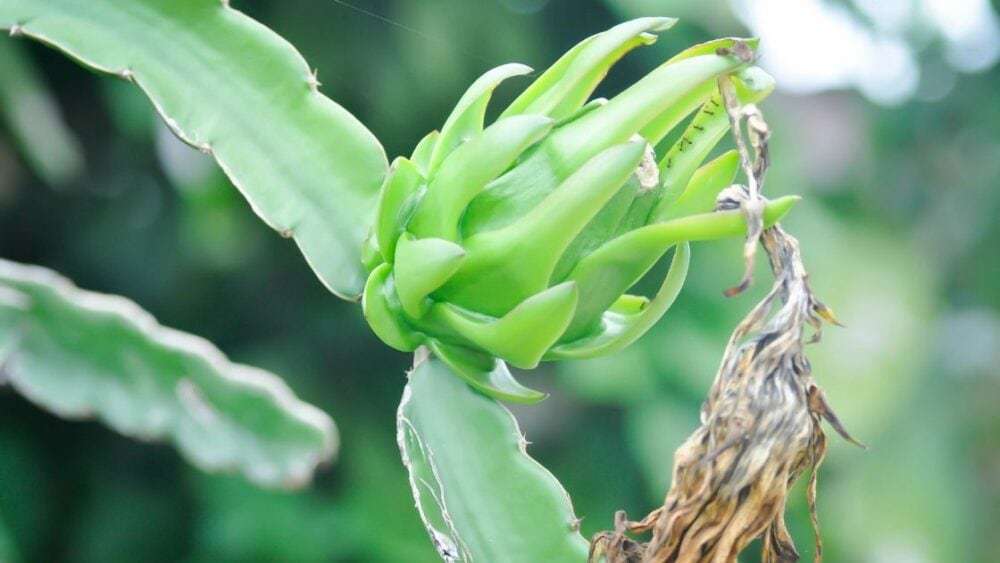
Because of the extremely large soil volume of an open environment, the moisture content of the soil in the natural habitat of succulents is very different. Usually, the portion of the roots near the surface of the soil remain relatively dry and the deepest roots always experience some moisture. This gradient is difficult to achieve in a potted plant, so instead we aim to cycle between drought and moisture by letting the soil get bone-dry between each watering.
What Will Happen If You Plant a Succulent In Regular Potting Soil?
Usually, nothing disastrous, but this depends on the succulent species and how much drought it has adapted to. Certain succulents that like more moisture, like Hylocereus and Aloe may actually thrive in regular potting soil. Other, very drought-loving ones, like living stones and the barrel cactus may suffer and quickly succumb to root rot.
In the end, diluting the potting mix in half with some perlite or coarse sand is so easy and cheap that there’s almost never a reason to not do it. It will greatly reduce the chances of root rot problems, which are extremely common in succulents and will also make the plant more resistant to improper watering.
When planted in regular potting soil, succulents should be watered very carefully. The large amount of perlite or sand in cactus potting mixes allows for any excess water to drain out and there is no risk of pouring too much. This is not the case with regular, rich soils designed to be used for growing non-succulent plants.
Those soils largely rely on the plant to ‘suck up’ the excess moisture and they retain a large percentage of water compared to their weight. Because of this, carefully watered succulents may thrive in a non-cactus soil, but a single overwatering may start suffocating the roots and kick-start a rotting problem that may spell death for the plant.
Fore more information on root rot, check out this article, How much root damage can succulents tolerate?
Is It Better to Buy a Cactus Potting Mix or Make Your Own?
Commercial cactus potting mixes are the same mixture which you can make yourself, but by making your own mix with fresh compost, you can be sure of the nutrition content of the soil. Although succulents are slow growers and are commonly said to like soils poor in nutrition, their growth rate can be greatly sped up by a high nitrogen content, which a commercial cactus potting mix doesn’t necessarily contain.
However, if you regularly apply a cactus fertilizer anyway, the quality of the compost in the mix won’t matter much. Some cheap cactus potting mixes contain a very low amount of organic matter and don’t use very rich compost. This largely avoids rotting issues, especially for inexperienced succulent growers, but it also greatly limits the growth potential of the plant.
How Important Is Soil Quality For Good Succulent Growth?
Soil quality is probably the second most important factor for fast succulent growth, right after light intensity. Succulents are long-living plants and it’s extremely important to avoid root rot, which can set in at any point and kill the plant in a matter of weeks.
The organic component of the soil will provide the succulent with nitrogen, potassium and all the other nutrients, without which there won’t be any growth. A lack of organic nutrition in the soil can be fully compensated for by the application of a good inorganic fertilizer.
What Soil Factors May Lead to Root Rot or Other Issues?
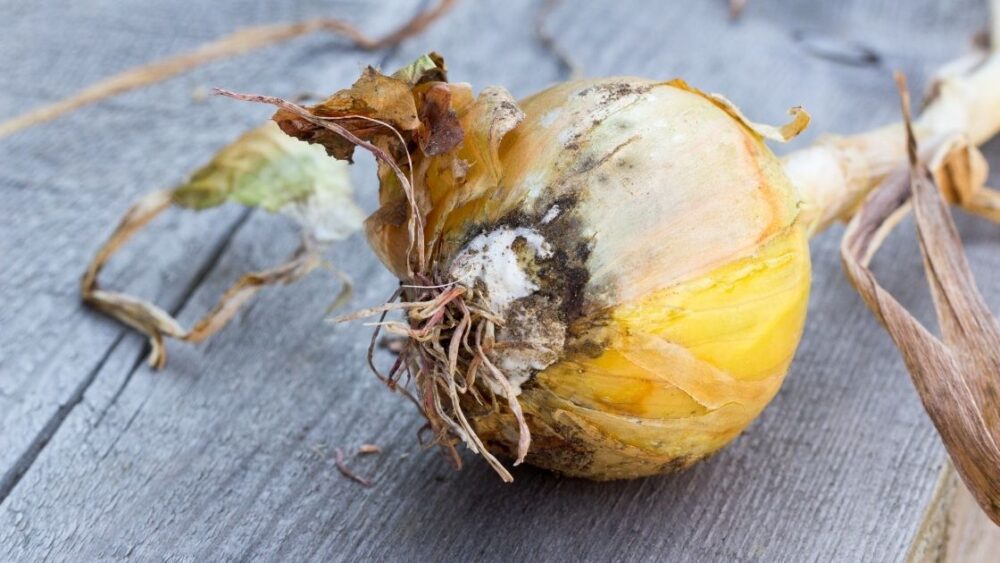
When it comes to succulents there is usually a trade-off between nutrition and risk of root rot. A soil with a high amount of nitrogen supplied by fresh compost will provide a lot of nutrition, but the risk of root rot will be higher. A very sandy, non-nutritious soil will largely prevent root rot and will make the plant very resistant to overwatering, but the growth rate will be reduced.
You can get the best of both worlds, by using a very non-rich soil, containing more than 50% inorganic material and then properly applying a balanced inorganic fertilizer that contains all the necessary micro-nutrients. For very mineral-heavy, sandy substrates, it’s important to look for a fertilizer that contains nitrogen mostly in the form of ammonium or nitrate. Those are usually the more expensive ones.
Urea-based fertilizers largely depend on soil microbes to transform the nitrogen portion to a more bio-available form, which may happen very slowly if there isn’t enough compost present in the mix.
Pot Size, Watering Frequency and Other Factors That Affect The Root Health of Succulents
Having a great quality, very well draining soil can greatly minimize the negative effects of improper watering and those of an unsuitable pot, but it’s still important to pay attention to these factors. There are many different types of succulents and it’s important to look up the individual requirements of each species.
Typically, the more ‘thick’ a succulent is, the less water it requires and the more sensitive its roots will be to overwatering. Barrel succulents (Echinocactus spp.) will be the most drought-loving. Leafy ones like the string of pearls and the string of bananas will usually like some moisture in their roots at all times.
It’s almost always better to under-water than to over-water and the symptoms of drought stress typically take a long time to lead to irreversible consequences. Achieving an optimal watering frequency that leads to optimum growth but doesn’t cause rotting issues takes some getting used to and eventually you’ll be able to tell when your succulents need water by just lifting the pot with your hand and gauging its weight.
For the most drought-tolerant succulent species, it’s a great idea to use a pot with over-sized drainage holes, which you then cover with a layer of large rocks before pouring the cactus potting soil on top. This will further reduce the chances of root rot and will make it much harder to over-water.
The pot size greatly affects the optimum watering frequency and smaller pots usually dry out much more quickly. This can sometimes be a good thing, especially when growing tiny, drought-loving succulents like living stones. The more water-tolerant a succulent is, the more it can benefit from an over-sized pot. For more information about what kind of pot to use, checkout our article, What is the perfect pot for my plants?
Also, if your wondering about plastic and terracotta pots, click on our link below.
- Pros and Cons of Plastic Flower Pots and Planters
- Pros and Cons of Terracotta Plant Pots Explained
- Is One Drainage Hole Enough for Flower Pots? How Big Should It Be?
What Soil Should Be Used for Rooting Cuttings or Starting Seeds?
For rooting succulent cuttings, most growers prefer a fully inorganic substrate – 100% sand or sand mixed with perlite. This reduces the chances of rotting. A regular cactus mix can also be used with good success, especially if the cutting is left to dry out a bit before sticking it in the substrate.
When it comes to seeds, a straight cactus mix is most commonly used, but seeds are often covered with a very thin layer of sand to retain some moisture and provide darkness.
Final Thoughts
Succulent soil is just regular soil with added gravel, sand and perlite. Although most succulents can survive in regular soil, this will greatly reduce the margin for error when it comes to watering and even a single overwatering can initiate root rot, especially during the winter dormancy period. Typically, succulent soils retain around 2 to 3 times less moisture than regular potting soils, regardless of how much water is applied.

